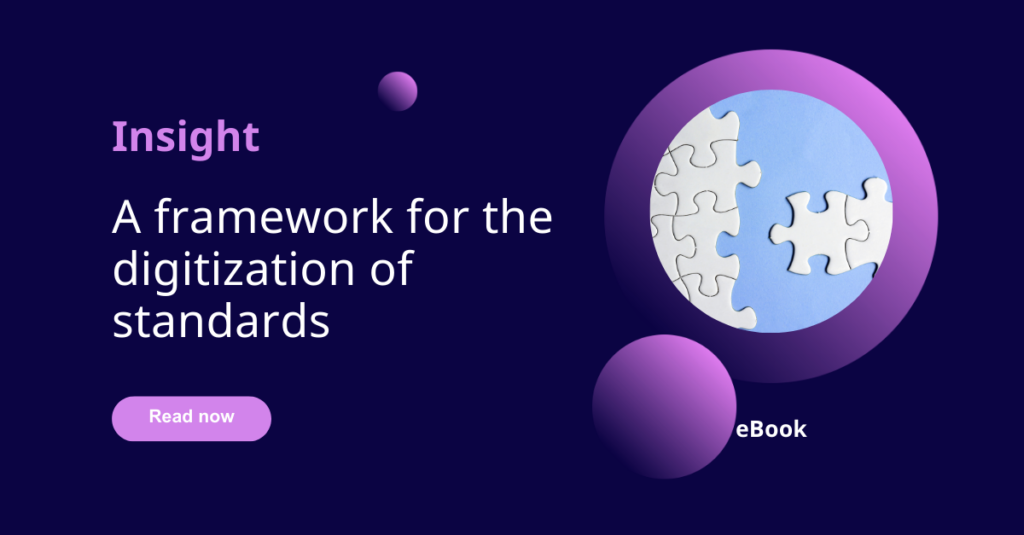Life sciences, insurance, energy, aerospace, telecommunications, finance – these are amongst the most heavily regulated industries worldwide. Navigating the constantly evolving market conditions and the sheer volume of regulations can make meeting business and compliance objectives a real challenge.
You might be hampered by obstacles that make it difficult to keep on top of the latest updates and operationalize them across your knowledge management systems, issues that make it difficult to:
- Find and accessing content
- Trace changes and redlines via email
- Meet compliance objectives across jurisdictions
- Track dependencies
- Demonstrate how compliance is achieved
- Move away from manual processes
- Mitigate the risk of financial and reputational loss
Relying on spreadsheets and email to track regulatory updates adds to this risk as the high volume of data and rapidly shifting requirements are difficult to trace and manage.
Here are six steps your company can take to improve processes for managing changes to regulations and incorporating them into your internal company policies, procedures, and internal documentation.
If your organization is using generic solutions or PDF-based systems to create documentation, you might be juggling input from multiple Subject Matter Experts, external counsel and regulators, perhaps drowning in multiple final versions.
1. Centralize
2. Content reuse and Linking Related Components
a) Content Reuse
b) Linking related content
3. Automating external monitoring
It is not uncommon to hear that 40 – 60 percent of content is the same and reused in multiple locations. This not only increases duplication of effort, but also the risk of inconsistencies.


